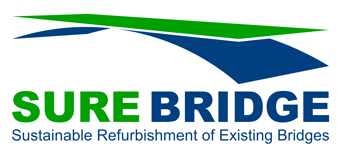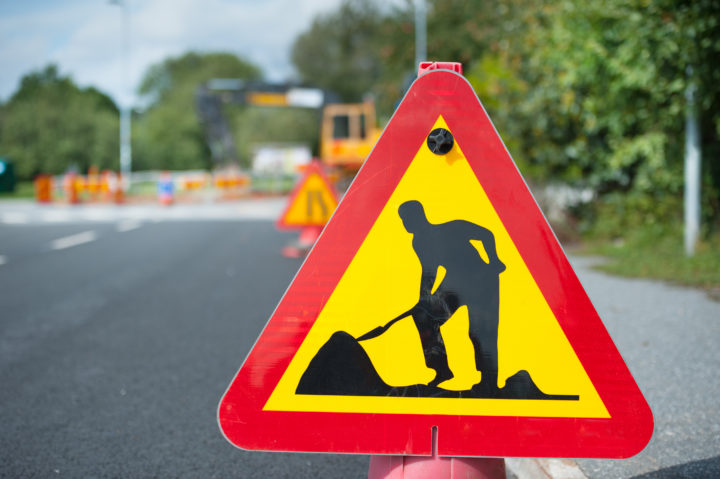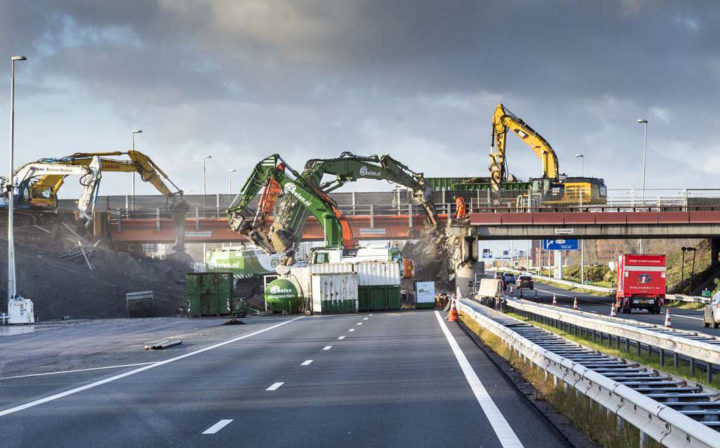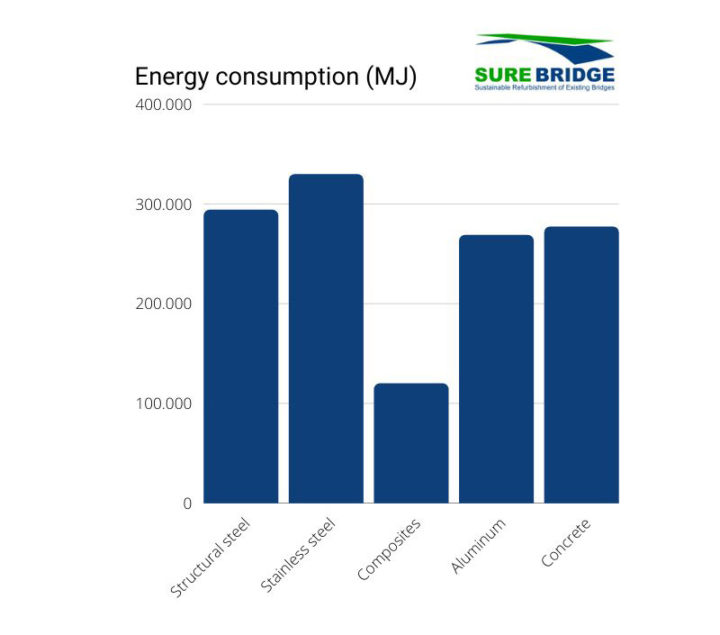The aim
- The aim of the SUREbridge project is to realize and provide a solution to utilize the remaining capacity of the concrete deck in an existing bridge by preserving it while refurbishing/ strengthening the bridge superstructure to the desired service level.
The solution
An accepted solution in the past 20 years, which has been widely practiced in many countries, is to replace the existing concrete decks with lightweight FRP decks. This solution has several advantages including: less self-weight of the deck (an FRP deck weighs about 20% of an equivalent concrete deck) which provides extra capacity for traffic load, fast assembly compared to in-situ casted concrete decks, and ease of installation which does not need heavy machinery and site complications.
Challenges faced by infrastructure-owners
- As the backbone of European transportation systems, the road and railway transport network account for more than 80% of passenger transport and 50% of goods transport in Europe.
- The performance of the road and railway network is largely dependent on the state of the critical transport infrastructure such as bridges.
- Road transport is expected to double within the next 15-35 years.
- A review of the population of railway bridges in Europe shows that 30% of all steel and steel-concrete composite railway bridges are more than 100 years old and more than 70% are older than 50 years
SURE = Sustainable Refurbishment
One consistent trend in current construction is the increasing demand for higher quality, shorter construction times and reduced environmental impact. Construction activities on site, such as demolition of existing concrete decks and abutments, soil compaction, or excavation, generate a great deal of noise and vibration which could have a negative impact on the environment, disturb inhabitants and, in unfavorable conditions, cause damage to buildings and installations close to the construction site especially in populated areas
By avoiding demolition of the existing bridge and due to the fast installation, refurbishing a bridge with SUREbridge leads to an estimated 50% reduction in CO2 emissions. .
With the expected increase in the traffic volume, existing bridges will be subjected to more severe actions which will require a number of upgrades:
– Strengthening for increased load bearing capacity
– Extending the capacity of road infrastructure by geometric modification, i.e. bridge deck widening
– Application of nocel materials for increased durability
– Rapid, non-intrusive construction and maintenance systems and techniques
Why FRP?
Fiber reinforced polymers are cost-effective materials compared to conventional construction materials such as steel and concrete. FRPs are often referred to as super materials as they offer many advantages:
- Long lifetime
- Reduced maintenance cost
- FRP does not rust
- FRP can be manufactured to resist chemical corrosion
- Sustainable
- The energy consumption to produce FRP composites is lower than that for traditional construction materials such as steel and concrete.
- It is possible to recycle the FRP materials.
FRPs can be crushed and granulated. The granulated material can be used as filler, reinforcement and lately they have been used to manufacture railway sleepers.



